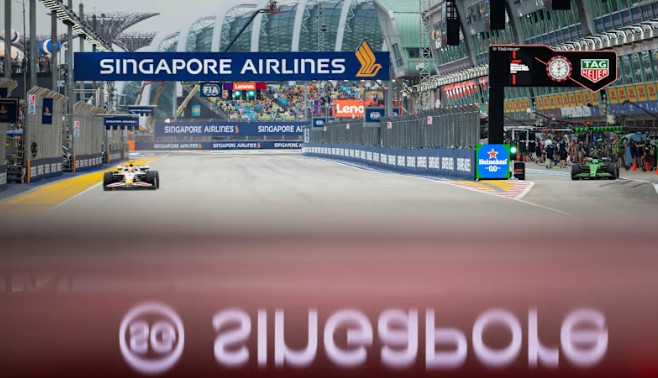
The 2025 Formula 1 Singapore Grand Prix proved once again why it remains one of the city-state’s most powerful tourism and economic engines. Over 300,641 fans filled the Marina Bay Street Circuit across the three-day event — a sell-out crowd and an 11.7 percent jump from 2024’s attendance. Organizers noted that nearly 40 percent of spectators were international visitors, underlining the Grand Prix’s global magnetism and direct contribution to Singapore’s hospitality and retail sectors.
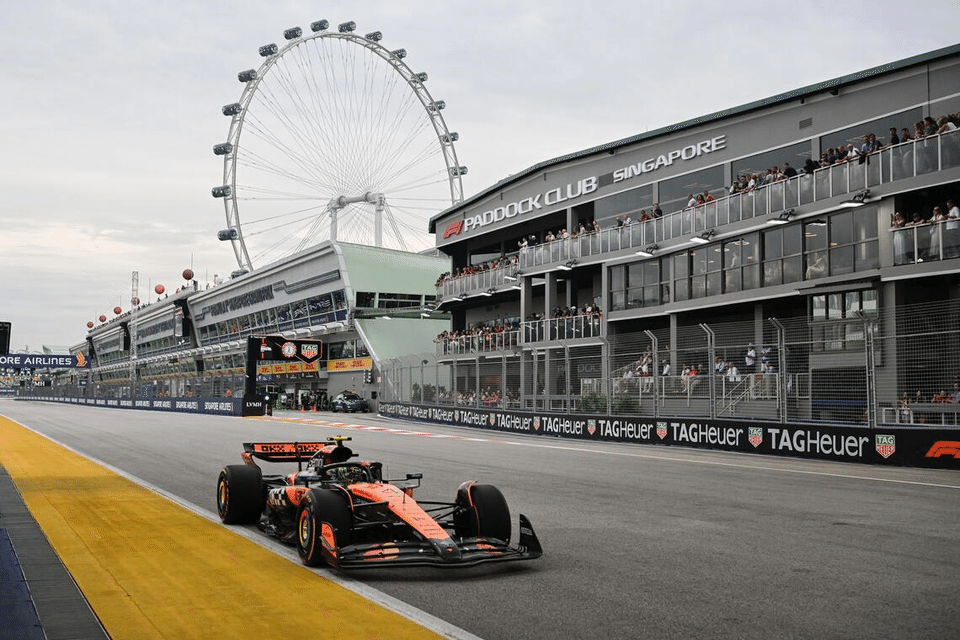
Hotels reported occupancy rates near 95 percent, with room rates surging as much as 30 percent compared with normal weekends. Restaurants and nightspots across Clarke Quay, Marina Bay Sands, and Tanjong Pagar enjoyed full bookings, while Orchard Road and Jewel Changi retailers also saw spikes in foot traffic. The Singapore Tourism Board (STB) estimated that F1 week alone generated over S$140 million in incremental tourism receipts, consolidating the race’s status as a flagship event in Singapore’s annual economic calendar.
The event’s success also resonated with the government’s strategy to position Singapore as a hub for sports tourism and premium events. Trade and Industry Minister Gan Kim Yong praised the collaboration between public agencies and private sponsors, stating that the Grand Prix “continues to showcase Singapore’s world-class event infrastructure and its ability to deliver experiences that rival any major global city.” Beyond the immediate cash inflow, the race boosted brand Singapore — projecting an image of innovation, safety, and vibrancy to a global broadcast audience exceeding 80 million.
On track, George Russell secured victory ahead of Max Verstappen and Lando Norris, but off track, Singapore itself was the bigger winner. The spectacle brought together corporate hospitality, MICE events, and F1-themed concerts, creating spin-off demand across creative, logistics, and service industries. Local SMEs supplying event infrastructure, catering, and security services all reported higher-than-average earnings.

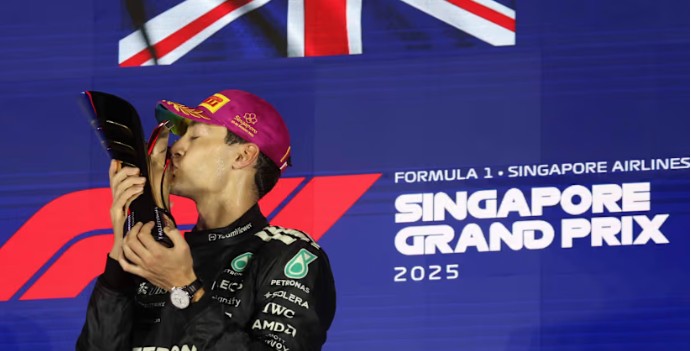

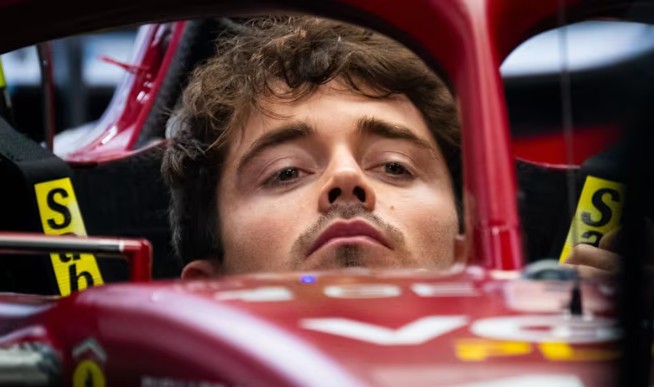
Even with scorching conditions — F1’s first official “heat hazard” race — operations remained smooth. Cooling stations, hydration points, and upgraded transport flow kept fans comfortable, showcasing Singapore’s event resilience. This capability reinforces investor confidence in hosting large-scale international gatherings even under climate-stress conditions, strengthening the city’s competitive edge against regional rivals.
The broader economic impact stretches beyond tourism. Analysts from DBS Group Research noted that the Grand Prix’s multiplier effect — from retail to F&B to entertainment — could add 0.2 percentage points to Q4 GDP growth. The race weekend also coincided with new visitor campaigns by STB and Changi Airport Group, designed to extend visitor stays beyond the circuit.
In short, the 2025 Singapore GP wasn’t just about speed — it was about stimulus. From packed hotels to global TV exposure, the event reaffirmed the city’s formula for sustainable tourism-driven growth. With record attendance and solid spending, Singapore once again proved that when the engines roar, the economy races ahead too.

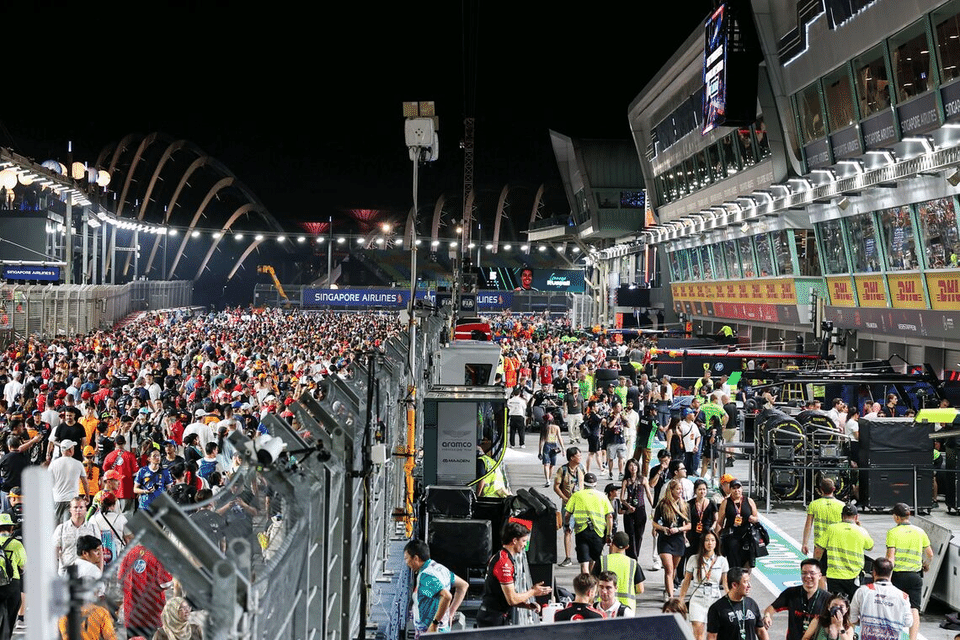

 Content Writer: Janice Chew • Friday, 25/10/2025 - 17:28:25 - PM
Content Writer: Janice Chew • Friday, 25/10/2025 - 17:28:25 - PM